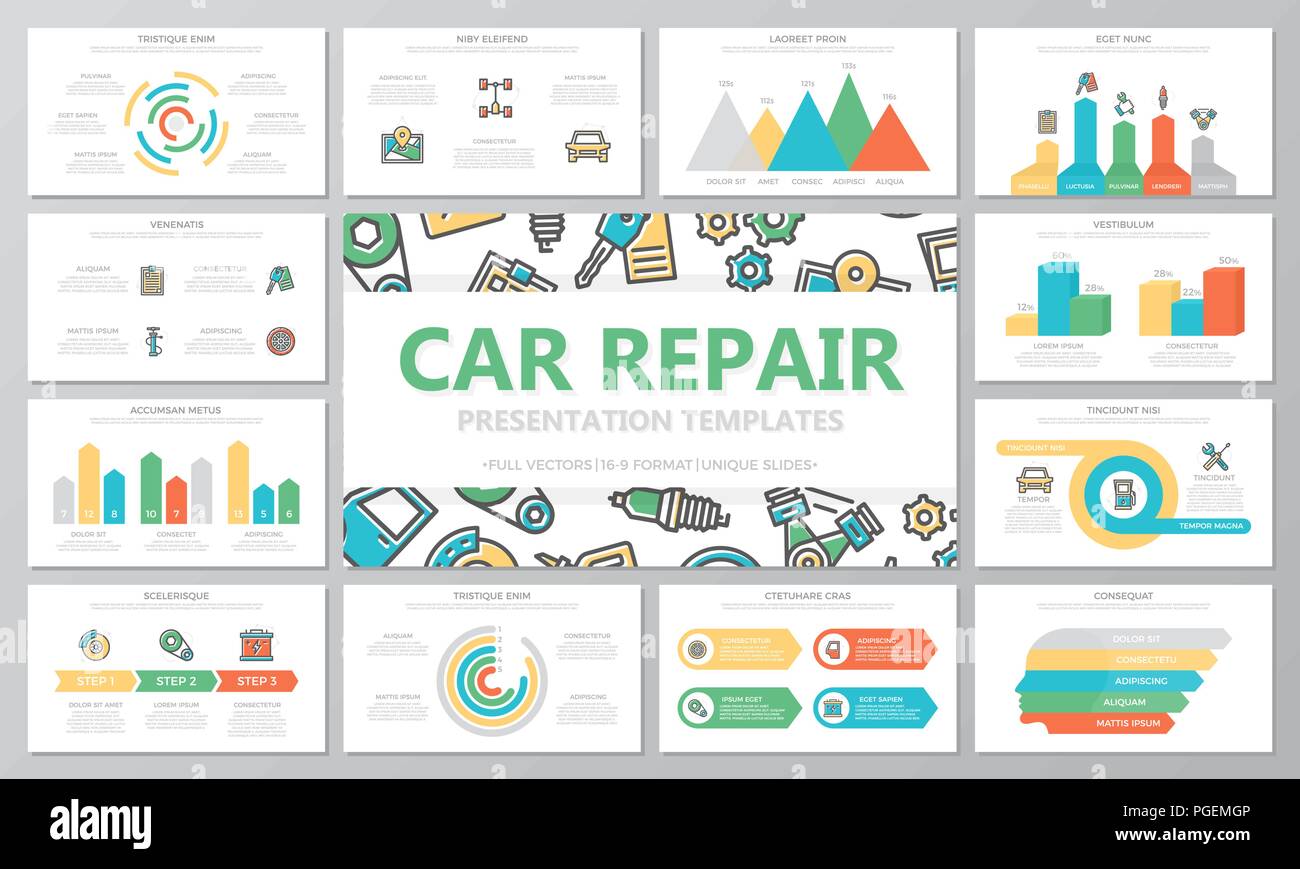Understanding The Definition Behind Your Lorry'S Warning Lighting: A Comprehensive Look
Understanding The Definition Behind Your Lorry'S Warning Lighting: A Comprehensive Look
Blog Article
https://driverstrainingnearme38383.topbloghub.com/38460330/the-benefit-of-mobile-vehicle-describing-changes-your-car-s-appearance-yet-is-it-as-efficient-as-standard-methods-discover-the-reality-behind-this-service By-Termansen Forbes
When you lag the wheel, those glowing warning lights on your control panel can be a little bit bewildering. Do you recognize what they're trying to inform you about your vehicle's health and wellness? Comprehending the importance of these lights is crucial for your security and the durability of your lorry. So, the next time one of those lights appears, wouldn't you intend to understand its message accurately and take the needed steps to address it?
Common Warning Lighting and Interpretations
Determine usual warning lights in your cars and truck and understand their meanings to guarantee safe driving.
https://www.carandbike.com/news/fixcraft-aims-to-strengthen-presence-in-aftersales-market-with-network-expansion-and-parts-business-3200345 of the most normal caution lights include the check engine light, which indicates concerns with the engine or discharges system. If this light begins, it's important to have your car checked quickly.
The oil pressure alerting light shows low oil stress, calling for immediate attention to stop engine damage.
A blinking battery light may recommend a defective charging system, potentially leaving you stranded if not attended to.
The tire stress surveillance system (TPMS) light informs you to reduced tire pressure, affecting car security and gas effectiveness. Ignoring this might result in risky driving conditions.
The ABS light shows an issue with the anti-lock stopping system, compromising your capacity to quit swiftly in emergencies.
Finally, the coolant temperature level cautioning light warns of engine overheating, which can lead to severe damages if not dealt with swiftly.
Recognizing these usual warning lights will help you resolve problems immediately and maintain safe driving conditions.
Relevance of Prompt Focus
Understanding the common caution lights in your car is just the first step; the significance of immediately attending to these cautions can't be emphasized sufficient to guarantee your security on the road.
When a warning light brightens on your dashboard, it's your automobile's way of connecting a prospective issue that requires focus. Ignoring these cautions can lead to extra serious troubles down the road, compromising your security and potentially costing you extra in repairs.
Motivate focus to advising lights can prevent break downs and mishaps. As an example, a blinking check engine light could indicate a misfire that, if left neglected, might trigger damages to the catalytic converter. Addressing this quickly can conserve you from an expensive fixing.
Similarly, https://jeffreytnhcv.dgbloggers.com/32525338/how-mobile-car-explaining-providers-can-save-you-time-and-money cautioning light could indicate reduced brake liquid or used brake pads, essential components for your safety and security when driving.
Do It Yourself Troubleshooting Tips
If you notice a warning light on your control panel, there are a few DIY fixing pointers you can try before looking for professional help.
Keep Reading is to consult your automobile's guidebook to recognize what the particular caution light suggests. In some cases the issue can be as simple as a loosened gas cap setting off the check engine light. Tightening the gas cap may fix the trouble.
One more common issue is a low battery, which can activate various cautioning lights. Examining the battery links for corrosion and ensuring they're protected could fix the issue.
If a warning light persists, you can attempt resetting it by disconnecting the auto's battery for a few minutes and then reconnecting it. Furthermore, examining your car's liquid degrees, such as oil, coolant, and brake liquid, can assist fix cautioning lights related to these systems.
Final thought
In conclusion, comprehending your automobile's caution lights is necessary for keeping your car running smoothly and safely. By without delay addressing these signals and recognizing what they mean, you can stay clear of costly repair services and possible breakdowns.
Bear in mind to consult your automobile's manual for particular details on each warning light and act appropriately to ensure a trouble-free driving experience.
Stay informed, stay secure on the road!
